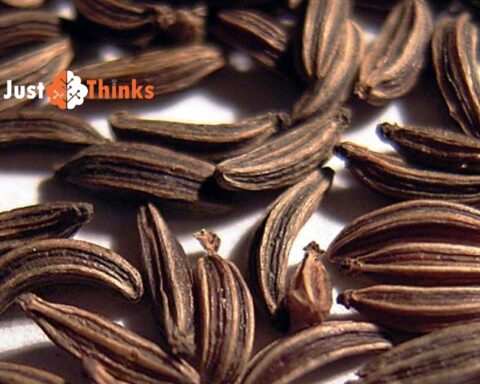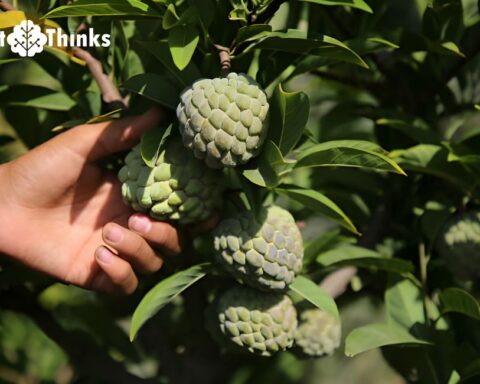Marshmallows are delightful, fluffy, and sweet confections that have been enjoyed for centuries. These soft, pillowy treats have evolved from their ancient medicinal roots into a beloved indulgence for people of all ages. Making marshmallows at home may seem like a daunting task, but it’s a rewarding venture that allows you to savor the sweet taste of success. In this essay, we will delve into the art and science of making marshmallows, exploring their history, ingredients, the cooking process, and some creative variations.
A Brief History of Marshmallows
To understand the art of making marshmallows, it’s essential to appreciate their historical significance. Marshmallows, in their earliest form, can be traced back to ancient Egypt, where the sap of the marshmallow plant was combined with honey to create a soothing remedy for sore throats and other ailments. These early marshmallows were more akin to medicinal lozenges than the fluffy sweets we know today.
The marshmallow plant, Althaea officinalis, grows in marshy areas and produces a mucilaginous sap that was used for its soothing properties. The sap was whipped into a frothy foam and mixed with honey and sometimes nuts. This concoction was considered a delicacy in ancient Egypt and was reserved for gods and royalty.
Fast forward to the 19th century, and the modern marshmallow began to take shape. French confectioners replaced the marshmallow plant sap with gelatin, which allowed for a stable and airy texture. The French word “pâte de guimauve” referred to this sweet treat, and it eventually made its way to the United States.
In the early 20th century, marshmallows were mass-produced, becoming widely available to the public. Today, marshmallows are an integral part of American culinary culture, finding their way into s’mores, hot cocoa, and countless dessert recipes.
Ingredients: The Building Blocks of Marshmallows
Making marshmallows is akin to a science experiment in your kitchen, requiring a precise combination of ingredients to achieve the desired result. Here are the essential ingredients for making marshmallows:
- Gelatin: Gelatin is the primary structural component of marshmallows. It provides the marshmallow’s signature chewy texture and stability. It is derived from collagen, typically sourced from animal bones and connective tissues. Vegetarian alternatives, such as agar-agar or carrageenan, can also be used.
- Sugar: Granulated sugar is the sweetener that gives marshmallows their delightful sweetness. It also plays a crucial role in the stability of the marshmallow structure.
- Corn Syrup: Light corn syrup is used to prevent crystallization of sugar and contributes to the marshmallow’s smooth texture. It also adds a touch of sweetness and enhances the chewiness.
- Water: Water is used to dissolve and bloom the gelatin. It is also crucial in creating the sugar syrup.
- Vanilla Extract: Vanilla extract is often added for flavor, providing a subtle and pleasant aroma to the marshmallows.
- Salt: A pinch of salt enhances the overall flavor profile, balancing the sweetness and adding complexity.
- Powdered Sugar: Powdered sugar is used for dusting the marshmallow surface and preventing sticking.
The Cooking Process: Turning Ingredients into Marshmallows
Making marshmallows involves a precise cooking process that transforms the raw ingredients into the fluffy, sweet treats we know and love. Here’s a step-by-step guide to making marshmallows:
Step 1: Preparation
Begin by preparing your workspace and gathering all the necessary equipment. You will need a saucepan, a candy thermometer, a stand mixer or hand mixer, a greased and powdered sugar-dusted baking pan, and a spatula.
Step 2: Blooming the Gelatin
In a mixing bowl, combine the gelatin and half a cup of cold water. Allow the gelatin to absorb the water, creating a thick mixture. This process is known as blooming and ensures that the gelatin hydrates properly.
Step 3: Making the Sugar Syrup
In a saucepan, combine the remaining half cup of cold water, granulated sugar, light corn syrup, and a pinch of salt. Heat the mixture over medium heat, stirring until the sugar is completely dissolved. Once the sugar is dissolved, stop stirring and let the mixture come to a boil. Use a candy thermometer to monitor the temperature.
Step 4: Cooking the Syrup
Continue boiling the sugar syrup until it reaches 240°F (115°C) on the candy thermometer. This temperature is crucial because it represents the “soft ball” stage in candy-making. At this point, the sugar syrup will have the right consistency to create marshmallows with the desired texture. This process typically takes about 8-10 minutes.
Step 5: Combining Gelatin and Sugar Syrup
Carefully pour the hot sugar syrup into the bowl with the bloomed gelatin. Exercise caution, as the sugar syrup is extremely hot. Use a stand mixer or hand mixer to beat the mixture on high speed for about 10-12 minutes. As the mixture whips, it will transform from a thin, syrupy liquid into a thick, white, and fluffy mass. This transformation is a result of incorporating air into the mixture.
Step 6: Adding Flavor
Once the marshmallow mixture has reached the desired consistency, add a teaspoon of vanilla extract and mix for another 30 seconds to evenly incorporate the flavor.
Step 7: Setting and Cutting
Quickly transfer the marshmallow mixture into the prepared baking pan, using a greased spatula to spread it evenly. Allow the marshmallows to set at room temperature for about 4-6 hours or overnight. During this time, they will firm up and become easier to handle.
Once the marshmallows are set, dust the top with powdered sugar to prevent sticking. Use a sharp knife or cookie cutters to cut them into your desired shapes. You can cut them into traditional squares or get creative with fun shapes and sizes.
Step 8: Storing Marshmallows
Store your homemade marshmallows in an airtight container, separated by layers of parchment paper and dusted with powdered sugar to prevent sticking. Properly stored, homemade marshmallows can last for up to two weeks.
Creative Variations: Elevating Your Marshmallow Game
While traditional marshmallows are a delight on their own, you can take your marshmallow-making skills to the next level by experimenting with flavors and add-ins. Here are some creative variations to consider:
- Flavored Extracts: Experiment with different extracts, such as peppermint, almond, or lemon, to add unique flavors to your marshmallows.
- Natural Colorants: Add natural colorants like fruit purees or vegetable juices to create visually appealing and flavorful marshmallows. Raspberry puree, for example, can yield pink marshmallows with a fruity twist.
- Chocolate Swirls: Create a marbled effect by swirling melted chocolate into your marshmallow mixture before it sets. This adds a delightful chocolatey contrast to the sweetness.
- Toasted Coconut: Mix shredded toasted coconut into the marshmallow mixture for a tropical twist and delightful texture.
- Spices and Herbs: Experiment with spices like cinnamon, nutmeg, or herbs like lavender to infuse unique and aromatic flavors into your marshmallows.
- Flavored Sugars: Replace a portion of the granulated sugar with flavored sugars, such as vanilla sugar or lavender sugar, for an extra layer of flavor.
- Nutty Delights: Fold chopped nuts, such as almonds or pecans, into the marshmallow mixture for added crunch and nutty flavor.
- Citrus Zest: Grate citrus zest, such as orange or lemon, into the mixture for a refreshing burst of citrus flavor.
Conclusion: The Sweet Rewards of Homemade Marshmallows
Making marshmallows at home is a delightful journey that combines the precision of science with the creativity of culinary artistry. From their ancient origins as medicinal remedies to their current status as beloved confections, marshmallows have come a long way. With the right ingredients and careful execution, you can create fluffy, sweet, and customizable marshmallows that elevate your dessert game.
The process of making marshmallows involves blooming gelatin, creating a sugar syrup, whipping the two together, and letting the mixture set before cutting into desired shapes. Each step is essential in achieving the perfect marshmallow texture and flavor.
Furthermore, the world of marshmallow-making offers endless opportunities for creativity. You can experiment with different flavors, colors, and add-ins to create marshmallows that suit your taste and occasion.
In a world filled with mass-produced sweets, there’s something incredibly satisfying about crafting your marshmallows from scratch. The sweet rewards of homemade marshmallows go beyond their delectable taste; they also provide a sense of accomplishment and a deeper appreciation for the artistry of confectionery.
So, the next time you find yourself craving a marshmallow, consider embarking on the journey of making your own. With a dash of history, a pinch of science, and a sprinkle of creativity, you’ll be well on your way to enjoying marshmallows that are truly a labor of love.






